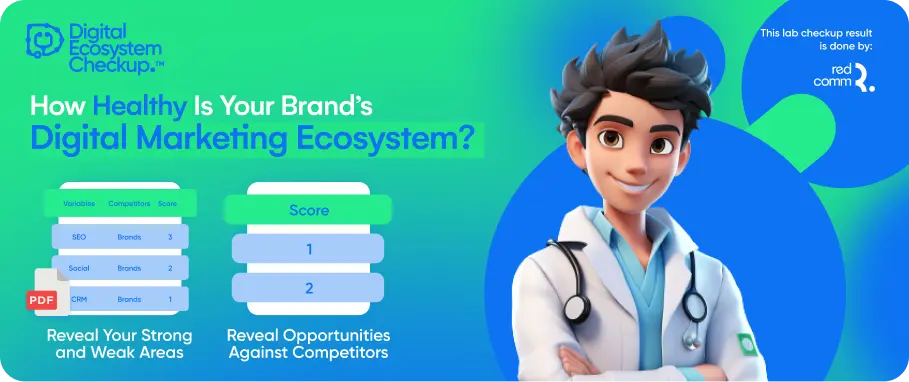If you're in the digital marketing game or steering a small business ship, chances are you've dipped your toes into the realm of keyword research.
Effective Guide to Keyword Mapping for Enhanced SEO Success

It's the compass guiding you through the vast seas of search engine optimization (SEO), helping your website sail to the top of Google's search results.
But here's the catch: have you heard about keyword mapping?
In this guide, we're unraveling the mystery behind keyword mapping and showing you how to wield its power to steer quality traffic to your digital doorstep. No fluff, just actionable insights.
Why is Keyword Mapping Important?
Keyword mapping serves as the compass guiding your SEO endeavors. It empowers you to:
- Prioritize keywords: Identify which keywords within a cluster are prime targets for your content, optimizing their placement strategically.
- Optimize existing content: Refine and structure your current content to align with prevalent search queries, enhancing visibility and engagement.
- Expand reach: By leveraging keyword mapping, you can unlock the potential to appear in a broader range of search results, driving substantial traffic to your platform.
Now that we understand its significance, let's illustrate how keyword mapping operates in real-world scenarios.
How Does Keyword Mapping Work?
Imagine you operate a roofing company. Recognizing the prevalent interest in metal roofing costs among your clientele, you decide to craft an informative blog post to address their inquiries and attract potential leads to your website.
Upon conducting keyword research, you discover that the term "metal roof cost" boasts significant search volume (9.9K) with moderate competition (57).
Excited to create your content, you encounter a new challenge: a plethora of semantically similar keywords associated with "metal roof cost."
This revelation prompts a critical question: How do you navigate this sea of keywords to optimize your content effectively? The key lies in understanding user intent.
Rather than creating separate content pieces for each related keyword, focus on discerning the underlying intent behind these queries.
By identifying the primary intent, whether it's cost comparison, installation guidance, or maintenance tips, you can tailor your content to address the overarching needs of your audience.
Incorporating these insights into your keyword mapping strategy ensures that your content not only ranks higher in search results but also resonates with your target audience, fostering engagement and conversions.
Rafting Keyword Map Based on Intent and Ranking Potential
Ever felt lost in a sea of keywords, unsure of which ones to prioritize? Keyword mapping is your compass in this chaotic terrain. Imagine you're exploring the realm of "metal roof cost."
This keyword shines bright with high search volume, signaling a promising avenue for traffic. But wait, there's more.
A quick Google search reveals related queries like "how much does a metal roof cost" and "average cost of metal roof."
These are not mere shadows in the keyword abyss; they are opportunities waiting to be seized.
By mapping out these clusters of keywords, you unlock a treasure trove of content ideas. Consider "metal roof vs shingles cost" or "standing seam metal roof cost."
These keywords, though related, deserve their own spotlight. Google's verdict? Dedicated posts, not mere subtopics within a broader discussion.
By recognizing each keyword's unique allure, you craft tailored content that resonates with search intent, boosting your chances of ranking high in SERPs.
Steering Your Content Ship with On-Page SEO
So, you've charted your keyword course, but how do you ensure your content sails smoothly to the shores of page one?
Welcome to the realm of on-page SEO, where every element of your content plays a crucial role in Google's grand algorithmic opera.
Keyword optimization: Think of keywords as breadcrumbs leading Google's bots to your content. Sprinkle them strategically in your title tag, meta description, headers (H1, H2s), and body content. This signals relevance, earning you a coveted spot in search results.
Meta tags magic: Crafting meta titles and descriptions is akin to writing a compelling trailer for your content. Keep it concise, under 60 characters for titles and 150-160 characters for descriptions. Don't forget to weave in your target keyword and a dash of persuasion for that irresistible allure.
URL wizardry: Your URL is the digital address of your content. Keep it clean, descriptive, and devoid of unnecessary clutter. Hyphens are your friends, separating words and maintaining clarity. Remember, a tidy URL is a welcome signpost for both users and search engines.
In the intricate dance of on-page SEO, these elements choreograph your content's journey to the top of search rankings.
By aligning each piece with your keyword map, you orchestrate a symphony of relevance and resonance, captivating both users and search engines alike.
Keyword mapping isn't just about finding your way through the SEO maze; it's about charting a course towards digital success.
So, hoist your sails, embrace the power of keyword mapping, and watch your online presence soar to new heights.
DISCOVER MORE OF WHAT MATTERS TO YOU
RELATED TOPIC


